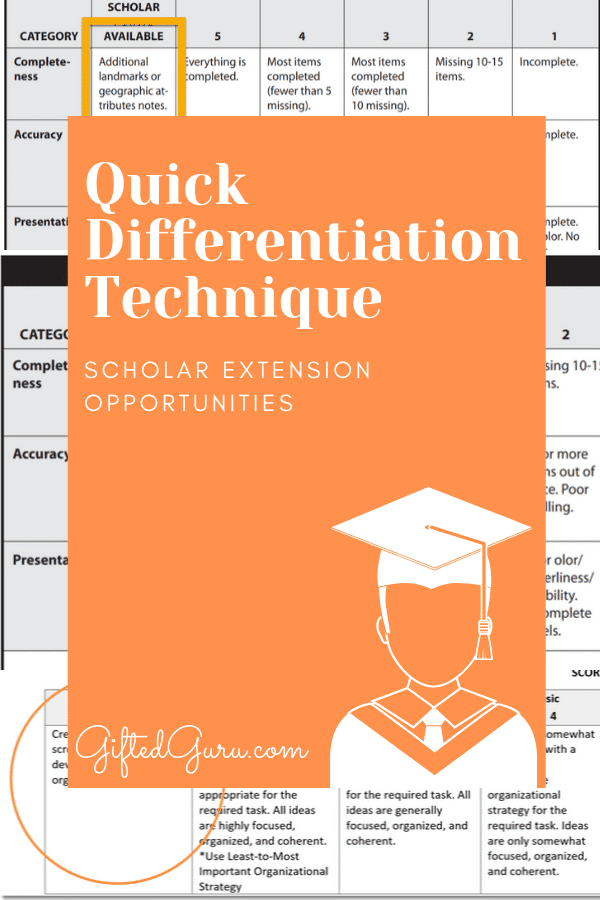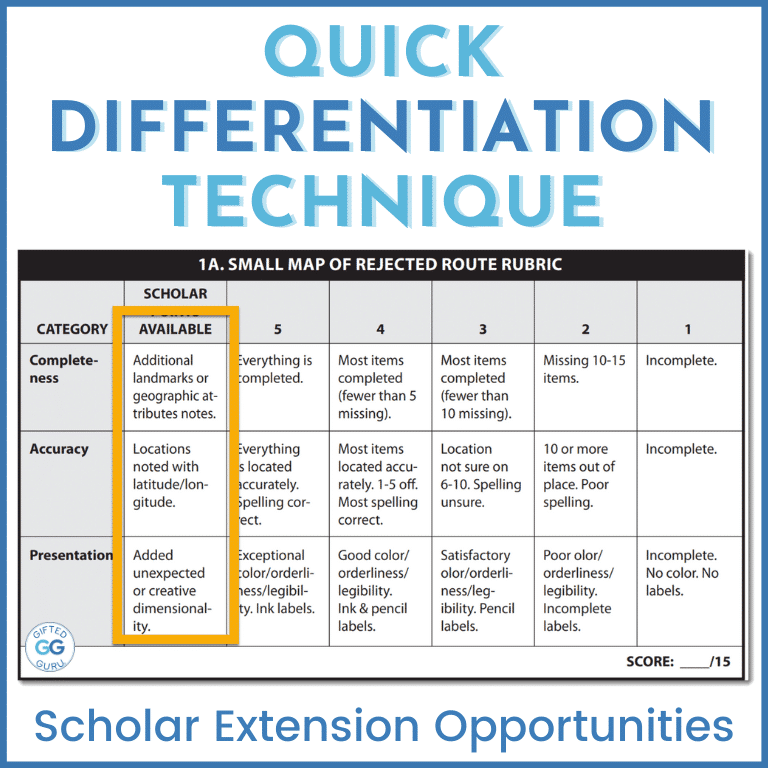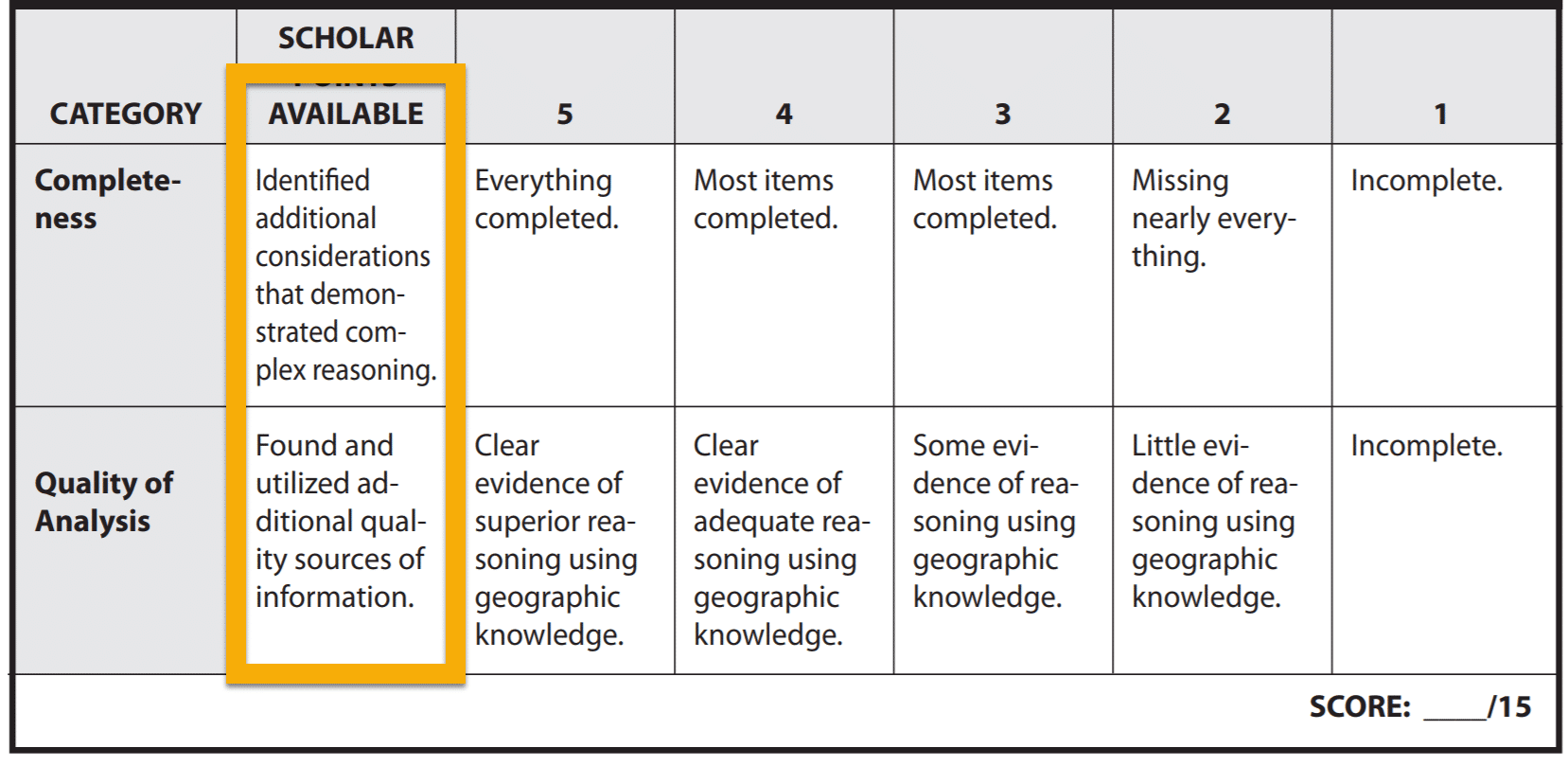Looking for a quick differentiation technique any teacher can use?
I made this one up, and it’s worked really well for me for years. I call it “Scholar Extension Opportunity.”
Scholar Extension Opportunities (SEOs) are optional opportunities for students to extend their learning experience.
They may include creativity, product complexity, or audience expansion (including publishing).
SEOs allow students to show and showcase their true abilities in a way the standard assignment may not.
Essentially, they’re something that is the same objective, but taken to an entirely different level from that which would be expected.
Interested? Let’s get into it!
What a Scholar Extension Opportunity Looks Like
They’re built right into the rubric, and they look like this:
EXAMPLE 1

Do you see how everyone’s working on outlines, but the scholar extension allows the student to share something about outlines that’s beyond just producing one?
EXAMPLE 2
In this one, the Presentation SEO is pretty vague, but the Accuracy one is really specific.
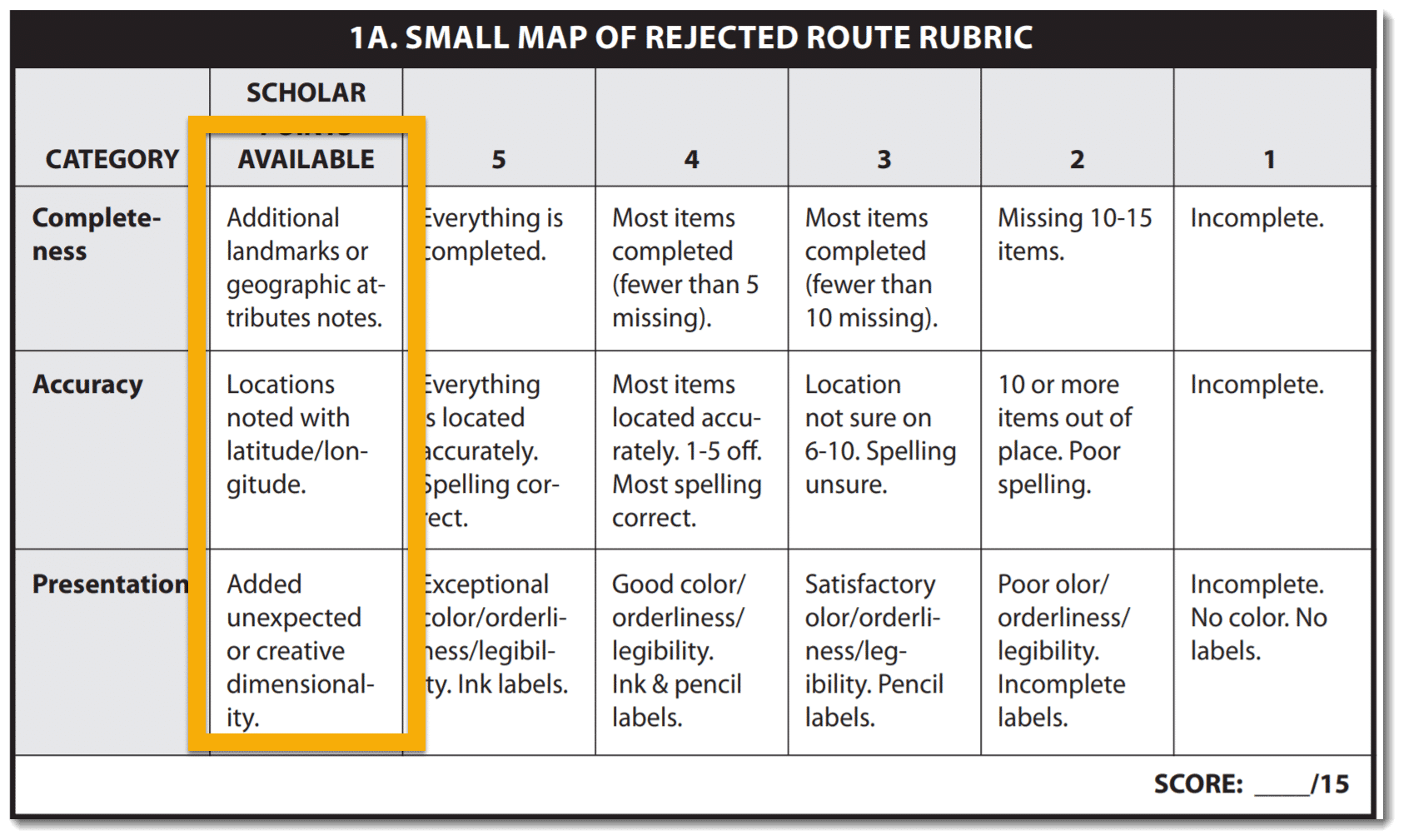
(Note: This one is from a really cool project-based geography lesson plan I wrote called “Connecting Africa.” You can get it for free.)
EXAMPLE 3
For this example and the one below, I’m taking an existing rubric I didn’t create (because I know you have to work with them sometimes), and I’m creating an SEO for it.
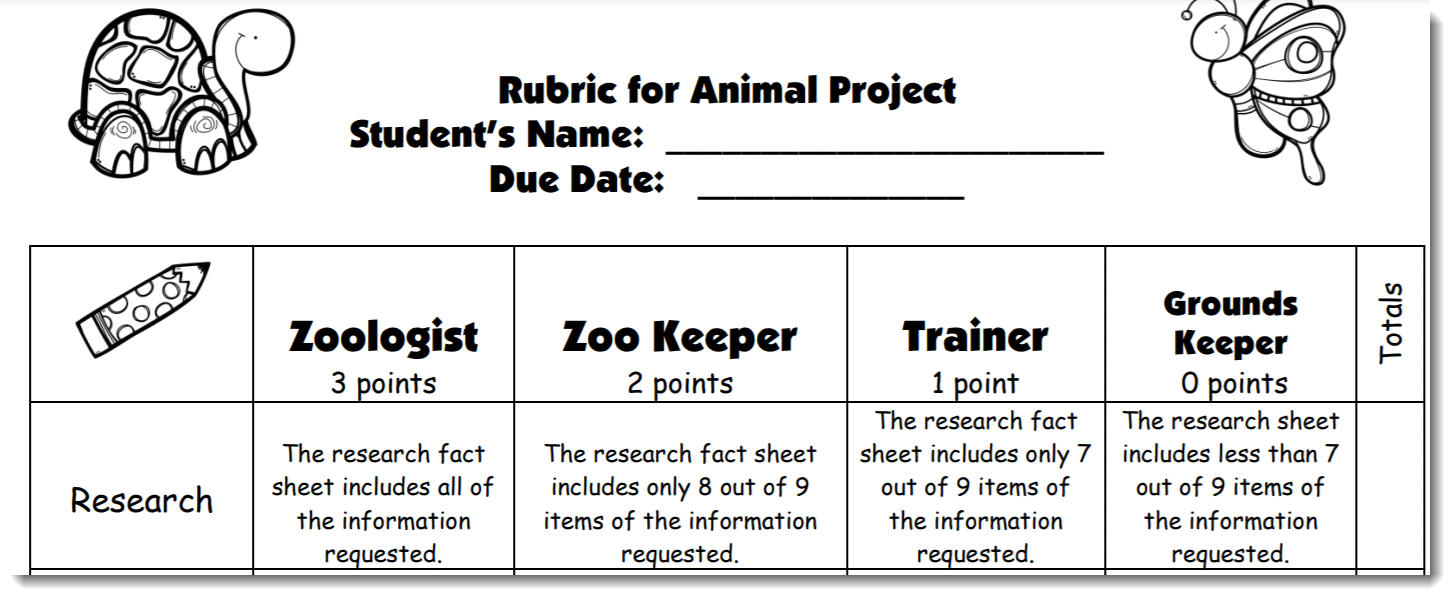
Possible SEO: The student took the information on the research fact sheet and created a brochure or foldable to share the information in a different way.
EXAMPLE 4
This is an elementary math center scoring rubric.

Possbile SEO: The student allowed another student to choose the mixture of activities to complete OR the student chose activities that he/she had done poorly on in the past OR the student created an additional choice other students could try.
(Note: This is from a freebie by Jennifer Findley on TeacherspayTeachers.)
How to Use Them
I use them for a fairly permanent differentiation technique. By “permanent” I mean that its always available.
They’re a simple and straightforward. Once you start using them, you’ll never go back.
It literally takes seconds to do when you’re creating a rubric, and if the rubric was one you were given, adding them to it is simple as well.
Here are some guidelines:
- Students must show mastery in requirements. You can’t do a terrible job on your outline (or not do it at all) and then spend all of your energy on the SEO. I tell students not to even try the SEO unless they truly believe they are in the highest range of scoring on the rubric for that requirement.
- They are never for a grade. The SEOs are not part of the grade. They’re extensions. Sometimes I grant extra credit, sometimes I may give a late pass or some other token, and sometimes I give really full feedback alone. Shockingly, most kids like really good feedback most of all. Our gifted kids often get an “A” and nothing else.
- Not every line of the rubric has to offer an SEO. I would suggest perhaps 25% of the rubric’s criteria is a good guideline to use.
- They may be student-suggested. If I am having trouble coming up with ideas, I will often ask students. This is sometimes done after the assignment. I may ask, “So, what SEO ideas could I include next time I teach this?”
- SEOs are always optional. This isn’t moreferentiation (you know how I feel about that). It’s an opportunity, not a requirement (see “They are never for a grade” above).
- Students can choose to do one or more of the SEOs. There is no connection between them, so they do not need to do more than one.
Why Would Students Do It?
You may be wondering why a student would choose to do something voluntarily for no guaranteed return.
You’d be shocked at how many students love them. They’re not for everyone, so I don’t feel badly if only a couple of students try one.
Here’s what usually happens:
It catches on.
One student does one, and I showcase it like crazy. I write home to the parent. I display it in the class. I go crazy over it like I won some secret teacher lottery. And pretty soon, the teacher pleasers in the class are doing it. And then others want to try, too.
As with anything, you just need one kid to do it and have a good result to open the door. It’s contagious. In a good way. Not like, you know, measles.
How Do I Come Up with Them?
Like anything else, the more you do it, the easier it gets. When I first started, I had to sit and really think. Now, they just appear in my head with Harry Potter-like magic.
I consider things like:
- What would a really cool one look like? Could a student do this somehow much more creatively or involved than I’m asking for?
- How could a student show deeper thinking?
- How could a student show initiative?
- How could I broaden the audience for this?
- How could the student create something that could help others? (I try to use this quite frequently because gifted kids often care more about others earlier than their typical-learner peers, so it’s a good opportunity for them to leverage that.)
Let me show you another rubric from my Connecting Africa project to show you what I mean.
In the Completeness section, having it all done is one thing. That earns full points. You want to really impress me? Figure out something that I missed. That’s next level.
In the Quality of Analysis section, analyzing the sources you were given or directed to earns full points. Going and finding additional quality resources is something entirely different.
You can use the same one on different activities, so you really just need a toolbox of them that you can use over and over.
Here are some other examples of mine:
- Student created a high-quality, half-sheet poster board to display results in hallway.
- The student created another problem of slightly higher difficulty and had two people attempt to solve it.
- Created a quiz on the material (including key) and had a parent take the quiz.
- The presentation displayed some advanced PowerPoint technique that was used effectively.
- Donated the project to a lower grade. (This one assumes the project would be useful to the lower grade. I’ve used this with alphabet books, etc.)
- Gave presentation to multiple/different/unexpected audience. (Multiple classes, a group of adults, at a PTA meeting, in front of the administrators, during a walk-through, etc.)
- Lab report created in form of peer-reviewed journal article, complete with at least two graphs or charts.
- Essay was recorded in audio and shared.
Remember that you can also have students offer suggestions. They’re a great resource for ideas!
Explaining Scholar Extension Opportunities (SEOs) to students
Here’s exactly what I say, word for word:
On the internet, the most important thing for a website is being found by search engines like Google. Website developers spend a lot of time and money on what is called Search Engine Optimization to make it most likely their sites will appear at or near the top in web search. They are very careful about what words they use where, they use key words related to their topic, and they put descriptors on everything, including pictures, to make sure that they are not only on the internet but also visible there.
On the internet, it doesn’t matter how good your website is or how wonderful the information it contains if people cannot find it.
The same is true to an extent in school. If you have a strong ability in an area, but you don’t demonstrate it by optimizing your work, that ability may not show.
In this class, we have SEO just like the internet. You will be offered optional Scholar Extension Opportunities. You are the website, and the evaluator is Google. Your completion of SEOs in this class enables the evaluator, usually the teacher, to see your true ability and value in that area.
SEOs are always voluntary and optional. They are given no specific point value, as that is totally at the discretion of the evaluator. They may be extra credit on that assignment, or they may earn a bonus to be used later. They may not earn extra credit at all, but rather serve as an opportunity for you to show that you are a scholar. You may “get” nothing but a cool experience and strong feedback on your work. You know that’s what we’re about here, anyway.
Note: The last paragraph should be modified to teacher preference for how SEOs will be evaluated.
Another note: I have a poster about our attitude towards learning that is what I’m referencing in the last sentence.
You can download a free copy for yourself. This is the attitude we’re cultivating, and SEOs fit right in.
How to Get Started
- Take an existing rubric.
- Look at each criteria and think, “Could this be done any cooler?” (Look at the “How Do I Come Up with Them” section above.)
- Add a column next to the highest level of the rubric and call it “Scholar Extension Opportunity.”
- Explain to students.
- Prepare to either a) wait or b) be blown away. Both are possible.
Wrapping Up
I hope you like this idea and give it a shot. If you need help, please feel free to email me an example rubric and I’ll create a couple for you.
One thing I love about these is that it brings the “my child is bored in your class” mantra to an abrupt halt. Kids who do them aren’t bored, and kids who don’t do them have no cause to complain.
When you integrate differentiation into your planning in this way, the amount of time it takes is negligible, but the results are astonishing.
You May Also Like:
- Why Self-Paced Computer Instruction is Insufficient Differentiation
- Tiered Lesson Plan Template
- Differentiation Advice: Teacher to Teacher

